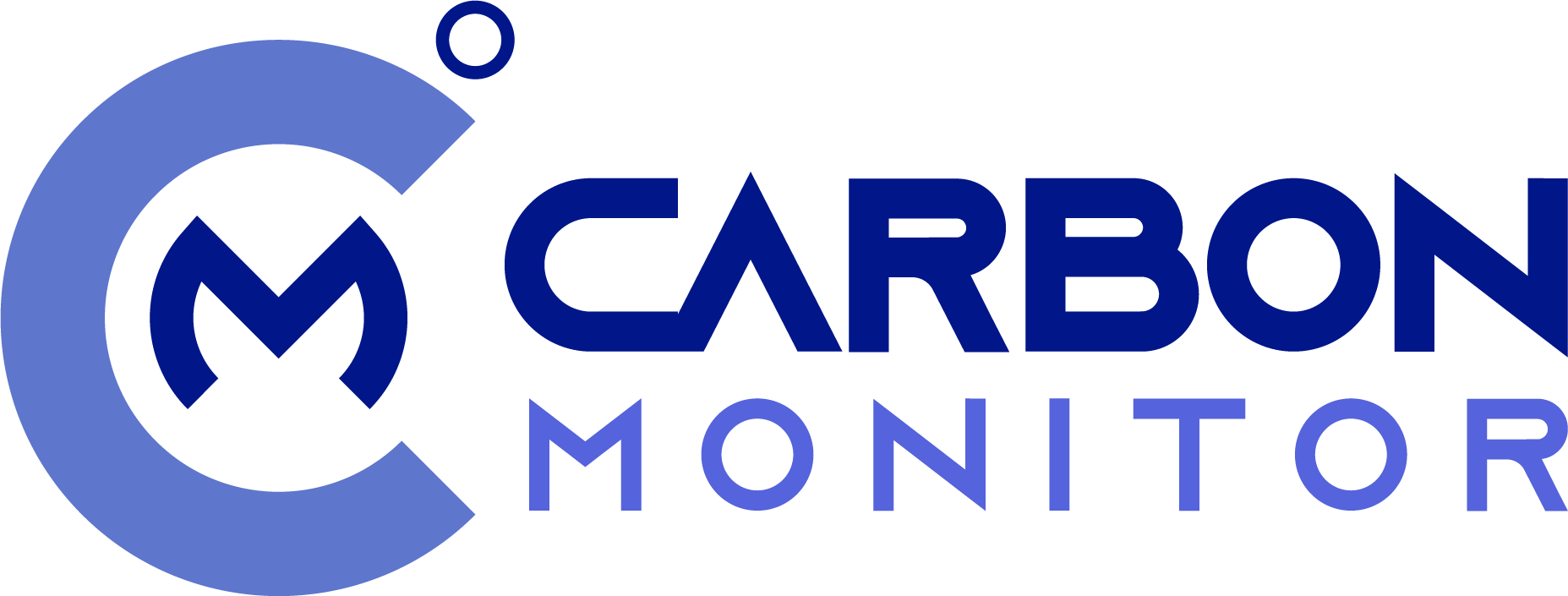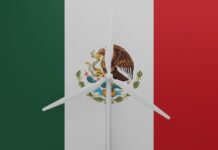The Mexican ETS, the first in Latin America, started in January 2020. It covers direct CO2 emissions from fixed sources in the energy and industry sectors emitting at least 100,000 tCO2 per year, covering around 40% of national GHG emissions and 90% of emissions reported in the National Emissions Registry (RENE).* Allowances are allocated through grandparenting based on historical emissions, which are verified annually.
The Mexican ETS started with a Pilot Program with two phases: a pilot phase between 2020 and 2021, and a transition phase in 2022. The Pilot Program aimed to implement its main components as a public policy mitigation instrument, and to contribute to the NDC and other national mitigation goals. The Pilot Program also aimed to enhance the quality of emissions data and build capacity in eissions trading, ultimately improving the design of the operational phase from 2023 onwards.
The Pilot Program was designed to pose no economic impact on regulated entities; however, in case of noncompliance, entities lost the opportunity to bank unused allowances into subsequent compliance periods of the Pilot, and receive fewer allowances in the first allocation of the operational phase.
*According to SEMARNAT.
The scheme covers the following sectors: Industry and Power.
For more information please visit:









